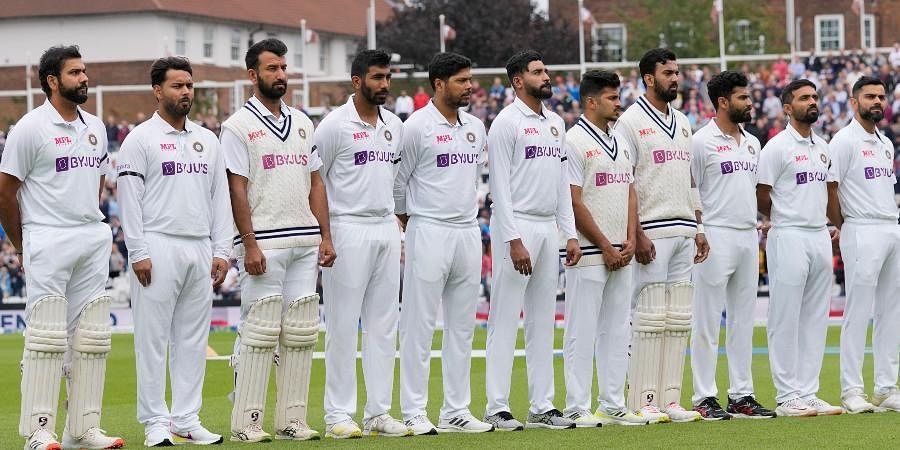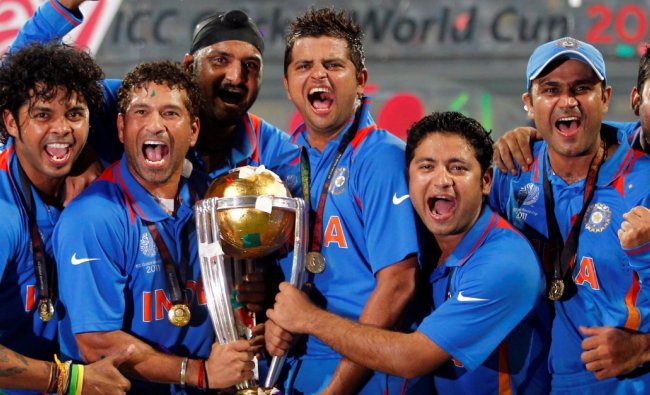History of Indian cricket
According to the official website of the Board of Control for Cricket in India (BCCI), the earliest recorded reference to History of Indian cricket was sometime in 1721 when sailors from a British ship docked off the Kutch coast in Gujarat played the game. The first recorded History of Indian cricket was in 1751, when the British army took on the English settlers. Reportedly, the Parsis, the first Indian civilian community to take to cricket, set up the Oriental Cricket Club in Mumbai in 1848. It died an early death and the community
established the Young Zoroastrians Club in 1850, after which the Hindu Gymkhana was formed in 1866.
first ‘international cricket’ match
Ä headlining year in the History of Indian cricket was 1884 when a team from Sri Lanka played a match in Calcutta (now Kolkata) in what was the country’s first ‘international cricket’ match. Five years later, a British team arrived in India in 1889—90 under the captaincy of G.F. Vernon, to play against Englishmen living in India and one game was scheduled against the Parsis. The Parsis won by four wickets, defeating the British for the first time in India. In the 1890s, Kumar Shri Ranjit singh ji, Prince of the State of Nawanagar, bowled over English spectators with his elegant stroke-making and wristwork, and unorthodox shots, while playing first for Sussex in the English County Championship, and then for England in Test cricket. The Ranjit singhji effect fanned out to Indian cricket.
A significant year was 1911 with the first-ever tour of England by an ‘All-India’ team, but World War I stemmed visits by cricket teams from England in the 1910s. Madras (now Chennai) became the stage of an annual Presidency match, during harvest-day celebrations of Pongal, between the Europeans and Indians in 1915. Sind, Calcutta, Lahore, Lucknow, Hyderabad and Kanpur were some of the other cricket centres in the subcontinent.
Colonel C.K. Nayudu
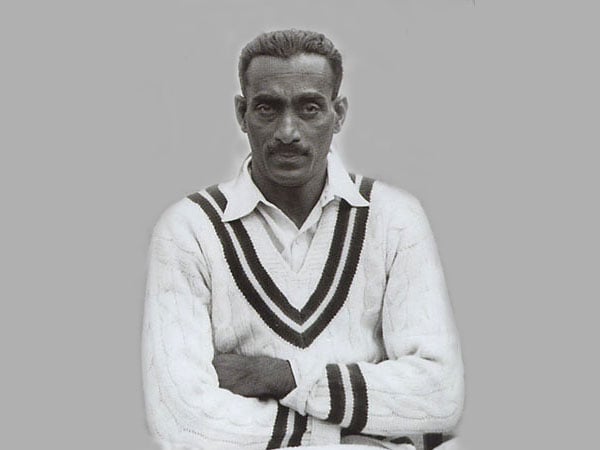
It was in 1932 that India became a Test-playing nation, with Col C.K. Nayudu as India’s first Test captain. Its first victory came only 20 years later in the fifth and final Test of the 1951-52 series against England at Madras (now Chennai), which it won by an innings and 8 runs. In a follow-up a year later, the Indian cricket team recorded their series win against Pakistan. India’s first rest series win abroad came more than 10 years later in 1967-68, when they beat New Zealand 3-1 on their home round. The Indian team then went on to be victorious in back-to-back series in the West Indies and England, three seasons later.History of Indian cricket
Of course, many Tests and ODIs filled the years in between, but it was India’s landmark victory in the World Cup in 1983 that changed the face and course of Indian cricket.
1983: THE TOURNAMENT THAT CHANGED EVERYTHING
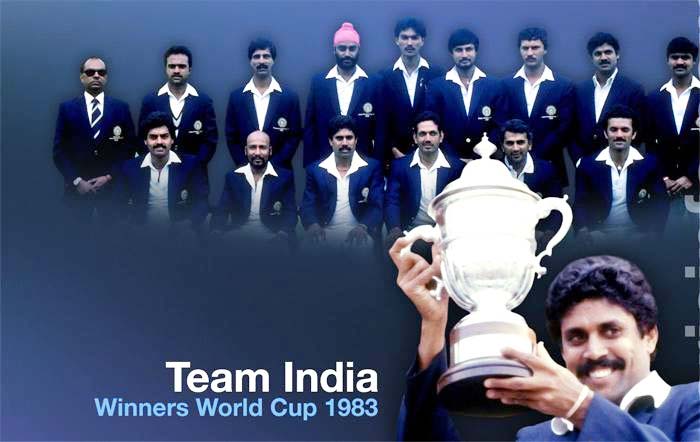
Colour television had already made its presence felt in the major cities of India and almost simultaneously hockey, the national game, was losing its pre-eminence as a major sport in the country. The historic triumph of Kapil Dev’s team — Kapil’s Devils, as they became to be known — catapulted cricket to unprecedented popularity. Just two years later, under Sunil Gavaskar’s captaincy, India won another stunning trophy, the Benson & Hedges World Championship, which was held in Australia in 1985.
Many reckoned India’s performance in this tournament was better than the 1983 World Cup victory, so much so that even the venerable Wisden rated them as ‘The Indian Team of the Century’ in 2002. Ravi Shastri’s Audi, a prize for winning the Man of the Series award, made cricket look like a glamorous sport and captured the imagination of the masses. Two years later, India was to host its first ever World Cup. Both victories made the BCCI bold enough to bid for the 1987 World Cup, along with Pakistan.
GLOBALIZATION OF CRICKET FOR INDIA
In the 1990s, globalization became the mantra for the president of the BCCI. Jagmohan Dalmiya — a
businessman from Kolkata — was conscious of the potential of the Indian cricket team and wanted to
make the most of it commercially by making the game a global sport. Immediately after the 1996 World Cup, India went to play a triangular ODI series in Singapore! Incidentally, that was Rahul Dravid’s debut in international cricket.
Later that year, the BCCI organized cricket matches in Toronto, Canada. The Friendship Cup, as it was called, between India and Pakistan was aimed at the Indian diaspora in Canada. Then, a triangular series was played in the Netherlands in 2004, with Australia and Pakistan as the other two teams, and another triangular series was hosted in Malaysia in 2006. In 2007, India even played a three-match ODI series against South Africa in Ireland! In between, there were numerous bilateral ODI series and tri-nation tournaments featuring India as everyone wanted to cash in on the Indian team’s popularity, the Indian diaspora and large assets that could be gained from telecast rights.
THE TENDULKAR EFFECT
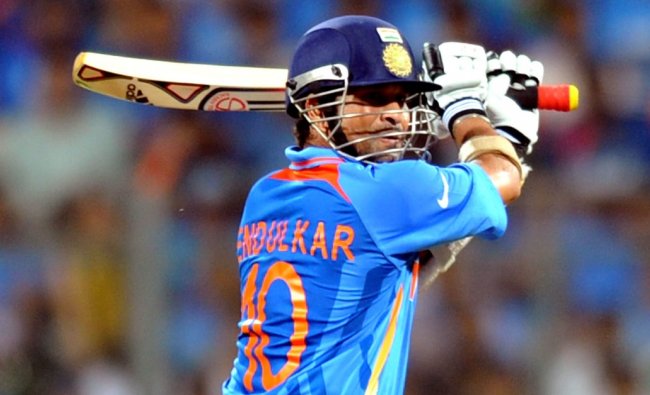
A once-in-a-generation prodigy made his debut for India in 1989 when large-scale economic reforms were also simultaneously taking place. On the cricket field, India was an emerging powerhouse. It was fortunate to have Sachin Tendulkar who not only became the aspirational symbol for the post-liberalization generation in India, but also an iconic brand based on whose success the BCCI administrators kept raising the bar for telecast rights.
Other than the 2007 edition, Tendulkar dominated the headlines in each World Cup during his time. Tendulkar’s emergence as an undisputed genius, coupled with the arrival of some of the greatest players ever, resulted in india producing a team that became good enough to win in all kinds of formats and on all types of pitches. India almost won the 2003 World Cup when its golden generation was at its peak. Even though, India lost the final against a seemingly superior side such as Australia, the broadcasters and TV networks in India realized that the longer the team India participated in the World Cup, the better it was for the economics of the game. Their worst fear came true when India was knocked out it in the first round of the 2007 World Cup.
THE DISAPPEARANCE OF THE TRIANGULAR CUPS
Over the last decade, the number of triangular ODI series has reduced significantly since bilateral ODI series have become more the norm. The only multi-nation event still being held, apart from the ICC tournaments, is the Asia Cup. A triangular series in India involving even top teams like Australia and South Africa would not be as successful because a neutral fan is unlikely to be deeply engaged in an Australia—South Africa game in India. Rather mini bilateral series of three matches each against each opponent is more likely to make better business sense.
After the Hero Cup in 1993, which was held to commemorate the platinum jubilee of Jagmohan Dalmiya’s home association in India called the Cricket Association of Bengal, the ICC was forced to think about how to stop a member country from organizing a quadrangular or multi-nation tournament. This was because these were diminishing the importance of the ICC’s marquee tournaments like the World Cup and the Champions Trophy. After the Akai Singer Champions trophy in December 1997 (England was the winner), no ODI tournament has been organized with four Test
nations participating. Only the Asia Cup is exempt, as it is a regional tournament under the umbrella of the
Asian Cricket Council and is not part of any individual cricket board.
INDIA’S LOVE AFFAIR WITH ODIS
India played 21 ODI tournaments in the first decade after its debut series against England in 1974. That
was the only series that it played, which India lost 2—0′ before the first World Cup was held. During this phase India played in 13 bilateral series and eight triangular or multi-nation tournaments. Over the next decade, from 1985 till the 1994—95 season, India participated in 44 ODI tournaments, 21 of which were bilateral series, while 23 were triangular or multi-nation tournaments.
From the 1995—96 season till the 2004—05 season, India’s series/tournament numbers jumped exponentially as India played 67 ODI tournaments. Significantly, it was a period of 25 triangular tournaments, 27 bilateral series and 15 multi-nation events. Incidentally, by the time India starts its 2015 World Cup campaign in Australia and New Zealand, the number of India’s ODI tournaments in the last ten years, from to 2014—15, will total 67 as well. The last decade has clearly indicated that the days of triangular and multi-nation tournaments are over and commercially it makes more sense to have a bilateral series. Forty-five series out of 67 were bilateral encounters. India played13 triangular tournaments and and nine multi-nation tournaments— all ICC events like the World Cup, the Champions Trophy or the Asia Cup.
India test match

In the last decade, India has played in 34 Test series and it is fair to say the ‘death of Test cricket’ prophecy is off the mark. The previous decade (1996 to 2004—05) too had the same number of Test series. But the decade before that(1985 to 1995—96) had only 22 Test series. It demonstrates that even though the number of ODI series was going up,Test cricket was not affected at all. However, India has played only a small number of international T 20 matches ever since playing its first match against South Africa in the season — twenty-five to be precise. Of course, this has much to do with keeping the Indian Premier League (IPL) as the most desirable T 20 tournament of the world.
THE RISE, FALL AND RESURRECTION OF THE CHAMPIONS TROPHY
Since the ICC could not organize a World Cup every two years, they created a knock-out tournament in which only Test nations could participate. It started in 1998 with the Wills International Cup in Bangladesh and grew into the ICC KnockOut in in Kenya. However, from 2002 it was dubbed the Champions Trophy and has remained so despite the debate surrounding its relevance in an already overcrowded cricket calendar. Amazingly, the Champions Trophy has made a superb comeback because of its format. The 2013 England
edition was supposed to be the last tournament, but its huge success and rave reviews forced ICC to reconsider the decision. Its short and precise format and the fact that the top Test nations always participate have convinced experts that this is the ideal format for the world championship.for more deails keep reading .. cricketbhandaar.com





